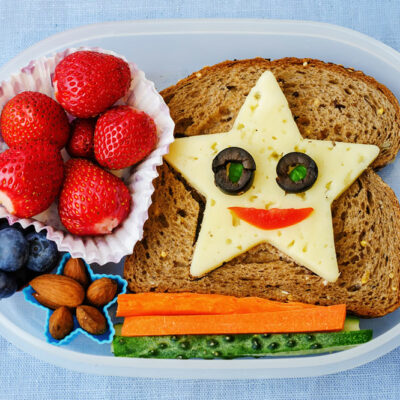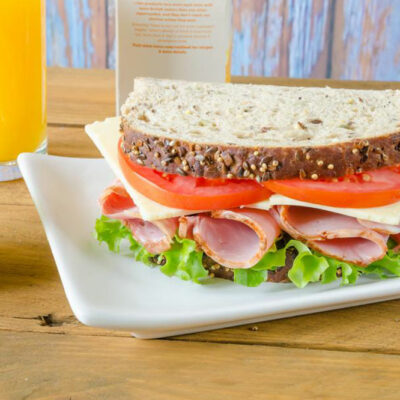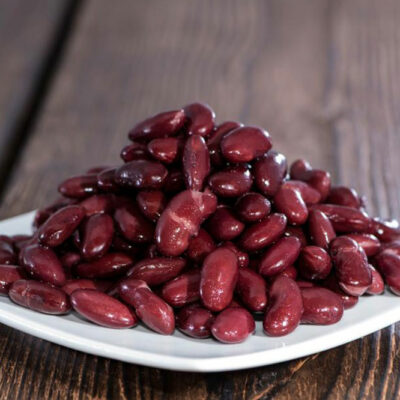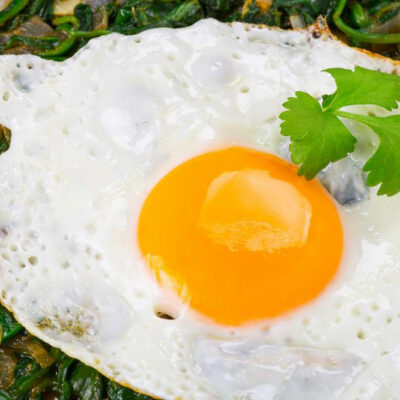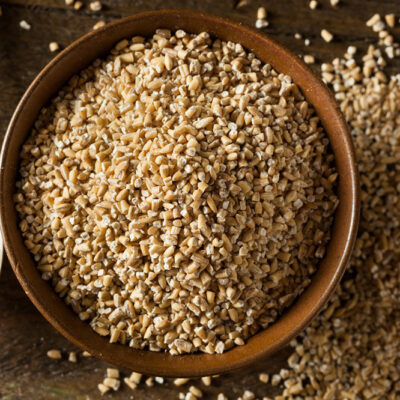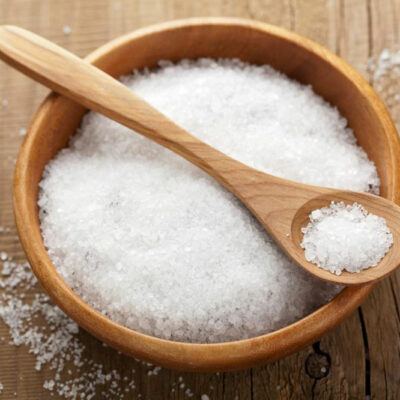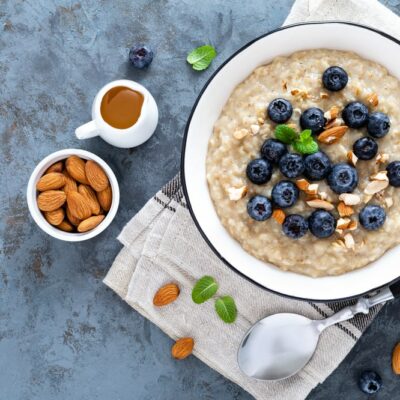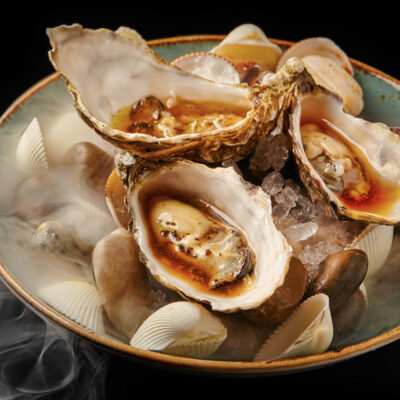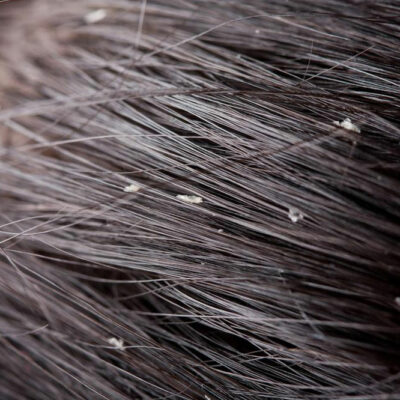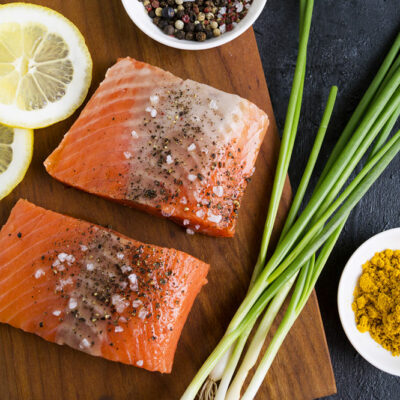
Diet
Healthy Foods to Ease Arthritis Pain
Rheumatoid arthritis is characterized by inflammation and severe pain in the joints that also lead to severe swelling. While there are several medications available to manage the condition, following a specific diet is equally important. In fact, eating the right food is your best medicine to control the severity of the condition. Remember, rheumatoid arthritis cannot be cured but maintained. It’s important to eat foods that are rich in antioxidants and have anti-inflammatory & analgesic properties. Along with medicines and other treatments, following a healthy diet is also essential to get relief from the condition. Following are the top foods that will help manage arthritis Garlic and onion Though they give a strong and unpleasant smell, garlic and onions are packed with immune-boosting properties. Their antifungal and antiviral properties significantly reduce inflammation of the joints. They also lower blood pressure to a great extent that can cause arthritis to rise. Salmon, tuna, sardines, and mackerel These fishes are among the top foods that help manage arthritis pain. Rich in Omega-3 fatty acids, these fish help reduce inflammation of the joints and swelling to a significant extent. It’s very effective if you consume 3 to 4 ounces of fish at least two times a week.
Read More 